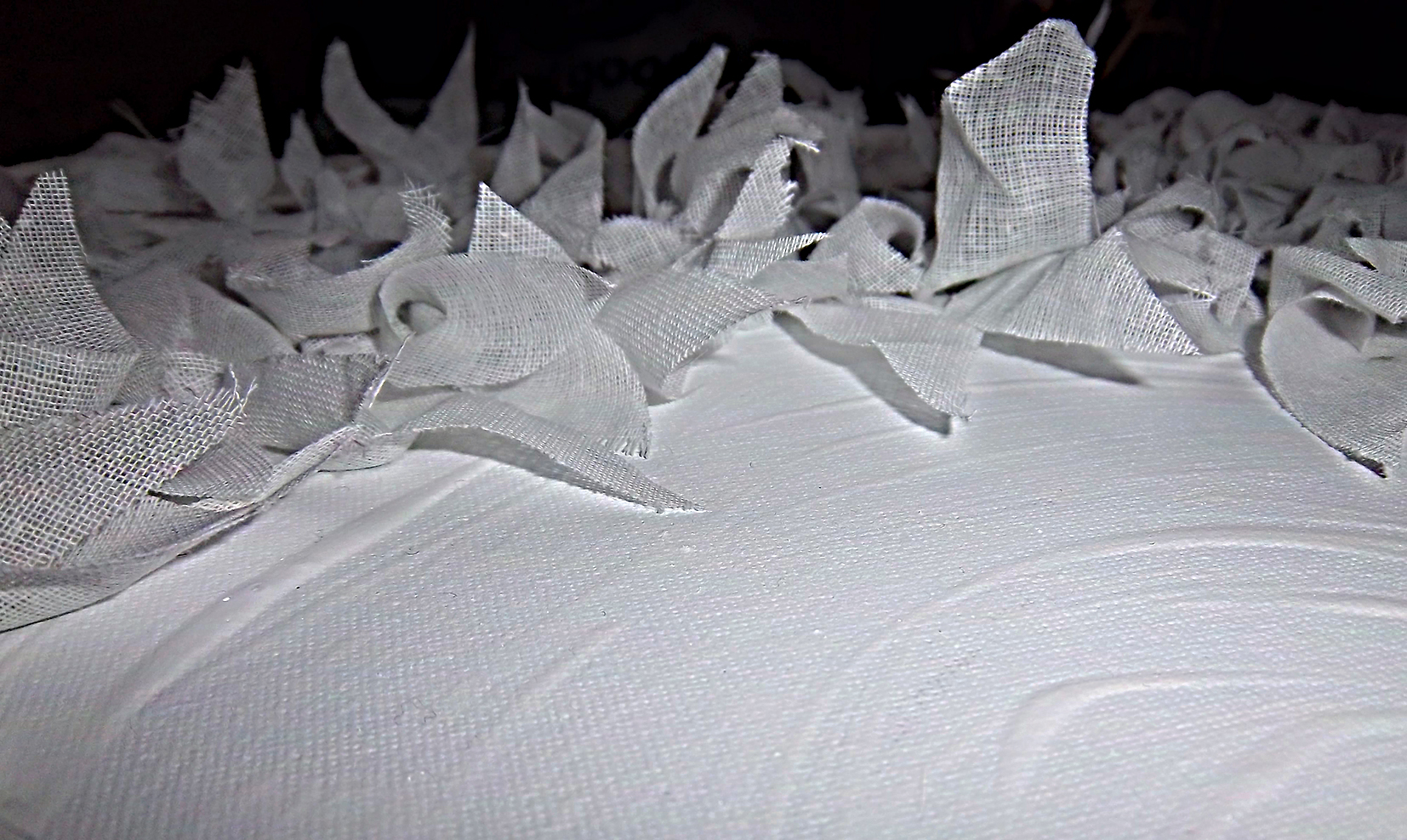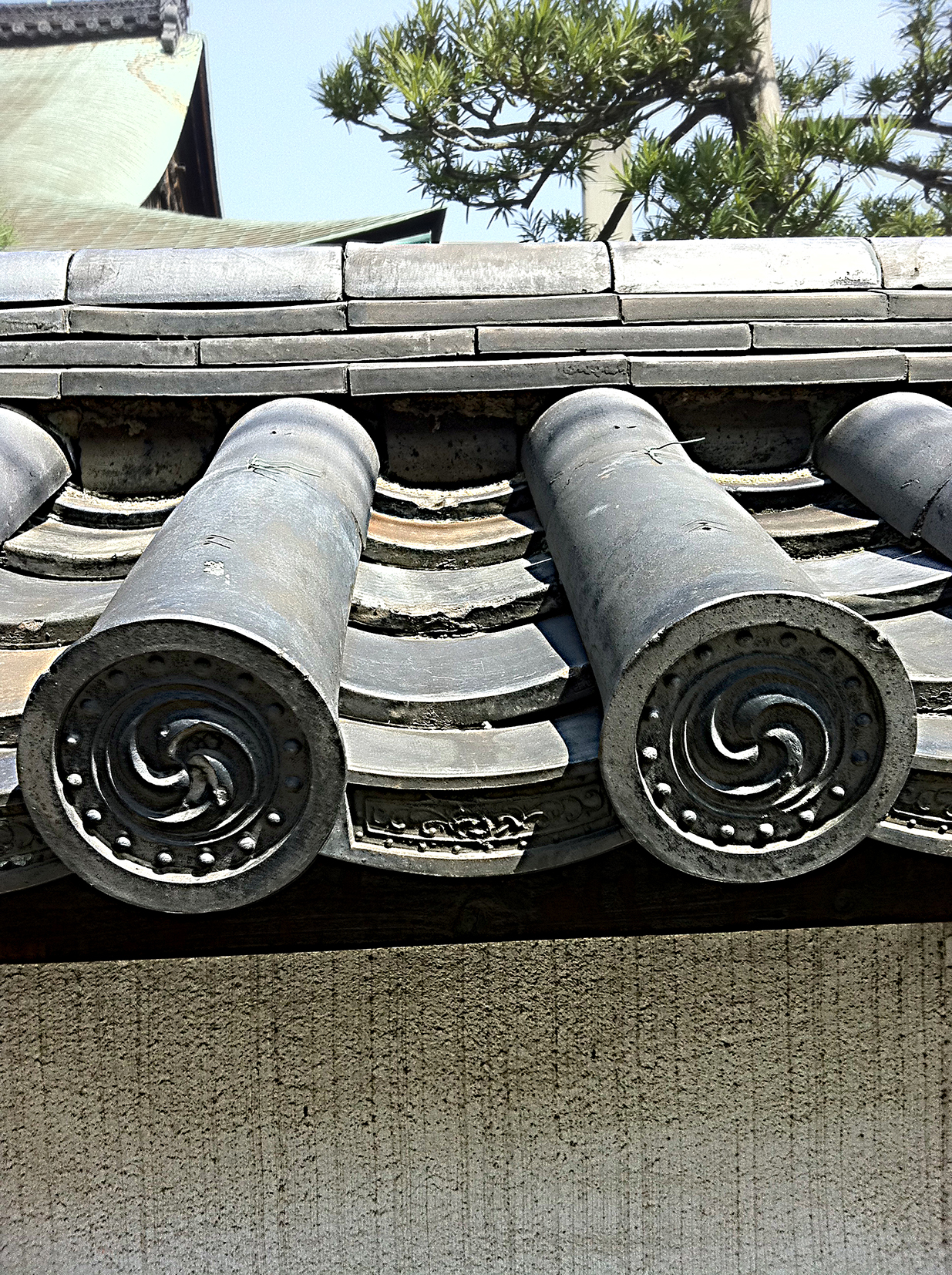Emotional intelligence is something we all start out with. Babies start life far more connected within their brains, their emerging selves, but early in their development we teach them to compartmentalise their senses and we teach them to section out instinct and emotion from the goal: the goal of ‘grown up’
I aim to respond instinctively to life, to creation, with emotion; always heart over head; seeking to reconnect the components of a state of wisdom/knowledge/reason – a state of being for which we no longer have a name.
And inside my body, my skull, my brain, neurones start firing; connections are created and patterns evolve – the ectoplasm of art morphs into being. Sometimes this substance demands time to incubate, other times it emerges so fast and fleeting that I am frustrated in its capture. Most frequently it shapes itself into words that clamour to be heard, to be written and to be shared.
I didn’t get to Venice this year. My first awareness of the Architecture Biennale 2016 was the call for volunteers for the Home Economics exhibition at the British Pavilion, peaking my curiosity – curiosity specifically around issues of access…
Curiosity swiftly dampened by the restrictions placed on volunteering.
And then, online, via Twitter, the tentative reaching out of images pretending to be homes. Suggestions that provoked memories of homelessness that still sit like sores on my soul. Damage demanding its own attention, demanding I revisit and re-search the concepts behind Home Economics from my own painful point of view. On my way lurk memories of Always Coming Home, by the brilliant Ursula K LeGuin.
And suddenly Rebecca is there, telling her story even as it fizzles away into the silence of chronological progression and compartmentalisation:
I was Rebecca, walking on water. Walking towards my home, transitioning through to my own space. I was Rebecca, sliding into Becs as knowledge stacked into neatly processed piles gathered like cardboard boxes around my feet. Except, in Hours there was no space for cardboard boxes, only facts contained inside my head and remote; and Becs was a short-lived transition, heart way above head. Shedding Becs, I strove to be understanding of what was expected of me. I dedicated myself to the gleaming red energy of youth. As Skeeter I worked and paid my way. As Skeeter I worked to work and longed to own a tiny crystal glass: clear with milky streaks and dots of gleaming gold. As Skeeter I longed to escape Hours.
And as I progressed towards Days, home remained a figment of my dreams. My feet slid into the lakes of water embracing my knees as the siren-songs of capitalist mobility lured me down. I longed still to nest. I longed and comforted my longing with treasures abandoned as I moved from Day to Day. It was here I left Skeeter behind.
From Days I learned to swim towards Months. My heart still intent upon my home, I was Womanfish as water lapped into my mouth. Womanfish wove between the weed; flitting, darting, losing direction. Womanfish learned to leave regret behind, together with the tiny crystal glass. Womanfish wriggled, wandered far and astonished wide beyond herself, her dreams, until she did loose herself.
The Lost One learned to loosen bindings to the dream of home. The Lost One shivered and shuddered away from shoals, from connections, The Lost one learned to wait on Years without yearning; lost the dream of home; lost the need for nesting.
The Lost One lost the years in Years, swam into the shallows and climbed out as the Thorn.
Thorn became repetition; repetition until surplus to the capitalist machine. Thorn gathered to her heart a tiny crystal glass that made her weep, perhaps for Skeeter; perhaps for forgotten dreams.
As Forgotten she was moved from Years to Decades, unaware that she was coming home.
The bench, warm, in dappled shade, sat under
a ballet of shivers and tender sighs
as leaves, busy in the process of food
production, earned their keep. And bare of grass,
the worn earth bore scuffled witness to last
night’s party in the park. Nessun Dorma
mocked the morning and the 20p glass
that shimmered like fine crystal beside me.
Bought in a real shop, for real people with
roofs, rooms, homes to decorate and adorn,
20p – money enough to feed my
soul with memories of fitting inside
a system keen to shed me like a leaf;
a leaf in winter, or drought, a burden.
And my life, the leaf dangling its own slim
dance of shivers and apprehensive sighs;
its own Nessun Dorma of wakeful nights
with no roof, no room, no home. Just moments
existing in a restless suspension.
We meet in Hours. Though of course she doesn’t see it like that. We come from different backgrounds. She is in Years, while I am certainly in Decades, if not my Forever home.
She is an amazing woman, but not my wife. She doesn’t want to be anyone’s wife, something I find unsettling. I do already have a wife, so I know I should be happy about this lack of need … relieved maybe, but I’m uneasy. I do love my wife and our children. I would never want to hurt them. I know that they need me and that is part of my identity. The man who lives in the Forever home and is a necessary component of a family unit.
The man who lives in Hours, is not. It adds to the excitement of course, and the danger. And yet, while in Hours, I find myself doing everything possible to reduce the contrast. Our life in Hours was already in Days, edging into Months, before it began. It is now Years and yet, will never move beyond Days except in my imagination. In my conversation, in my behaviour in Hours, you would never guess how fragile Hours is. And I wouldn’t want you to. I find it hard to accept myself.
Except of course, when I’m in Forever, I do find denial persistently ready to slip from my tongue, should it ever become necessary to detach myself from Hours.
To be honest, I am in conflict with myself, with my love/hate relationship with the excitement and danger. I recognise my duplicity on several levels, but find this place, this space, alluring. I’m free from the fragility, the uncertainty of Hours and simultaneously free from the constricting commitment of Forever, yet I enjoy both.
And I am trapped by both.

